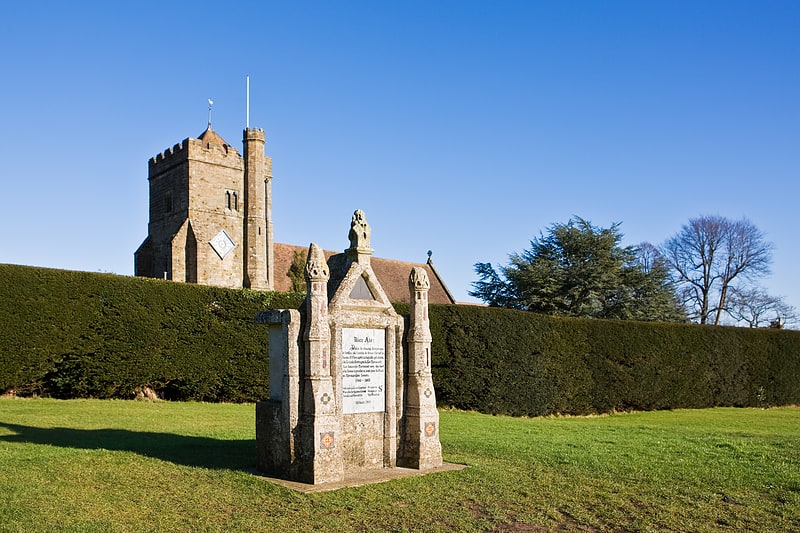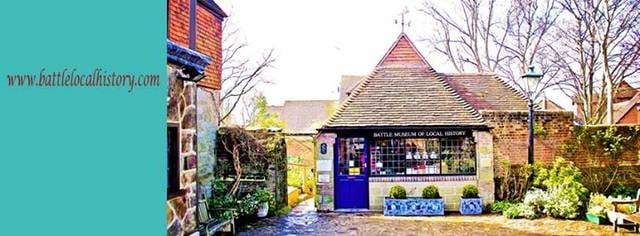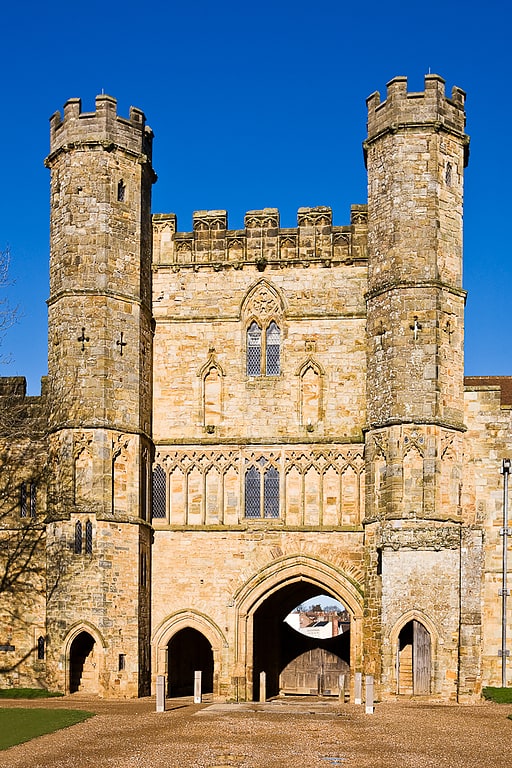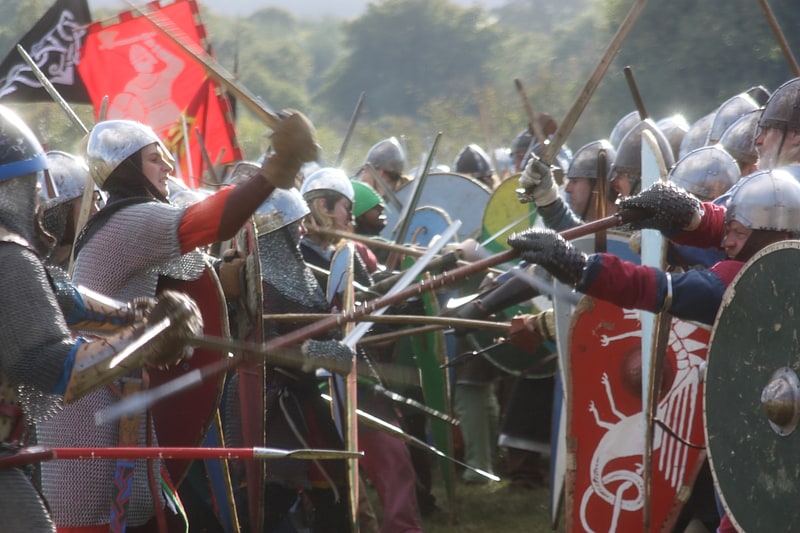Discover 6 hidden attractions, cool sights, and unusual things to do in Battle (United Kingdom). Don't miss out on these must-see attractions: Battle Abbey, Senlac Hill, and Battle Museum of Local History. Also, be sure to include King's Head Mill in your itinerary.
Below, you can find the list of the most amazing places you should visit in Battle (England).
Table of Contents
Battle Abbey

Ruins, museum and the battlefield of 1066. Battle Abbey is a partially ruined Benedictine abbey in Battle, East Sussex, England. The abbey was built on the site of the Battle of Hastings and dedicated to St Martin of Tours. It is a Scheduled Monument.
The Grade I listed site is now operated by English Heritage as 1066 Battle of Hastings, Abbey and Battlefield, which includes the abbey buildings and ruins, a visitor centre with a film and exhibition about the battle, audio tours of the battlefield site, and the monks' gatehouse with recovered artefacts. The visitor centre includes a children's discovery room and a café, and there is an outdoor-themed playground.
The triple light window depicting the life of St John and the crucifixion of Jesus is claimed to have once adorned Battle Abbey which dates from 1045, removed during the Cromwell era to protect it from destruction. The legend goes that it was hidden for many years until it was transported to Tasmania to be fitted to the eastern end of the Buckland Church.”[1]
Address: High St., TN33 0AD Battle
Senlac Hill

Historic battle locale with an abbey. Senlac Hill is the generally accepted location in which Harold Godwinson deployed his army for the Battle of Hastings on 14 October 1066. It is located near what is now the town of Battle, East Sussex. The name Senlac was popularised by the Victorian historian E. A. Freeman, based solely on a description of the battle by the Anglo-Norman chronicler Orderic Vitalis. Freeman went on to suggest that the Normans nicknamed the area Blood lake as a pun on the English Sand lake.
It is probable that Orderic would have known the English name for Senlac, as he spent his early life in England since he had been born to an English mother. His education, towards the end of his time in England, was from an English monk. However, Freeman's hypothesis has been criticised by other historians since it relies purely on the evidence from Orderic Vitalis. Orderic was born nine years after the Battle of Hastings, and earlier chroniclers did not use the name Senlac.[2]
Battle Museum of Local History

Specialty museum, Museum
Address: The Almonry High Street, TN33 0EA Battle
King's Head Mill

King's Mead Mill is a grade II listed smock mill at Battle, Sussex, England, which has been converted to residential accommodation.[3]
Battle Abbey Gatehouse

Forts and castles
Address: High Street, Battle
Battle of Hastings reenactment

The Battle of Hastings reenactment is a yearly reenactment of the Battle of Hastings, held at Battle Abbey in Battle, East Sussex, UK, and drawing participants from around the world. It takes place every year on the weekend nearest 14 October on the site of the historical battle, although it is often arranged across the hill rather than up it, to take account of the smaller number of participants and the need for spectators.
The event is run by English Heritage, which owns the site, and attended by several thousand people yearly. For many years it was an event for amateur groups of reenactors, but more recently has involved scenes by professional actors.
Every five or six years since 1984 it has been the site of major reenactments. At the 2000 reenactment, called "Hastings 2000", about 1000 reenactors on foot, 100 cavalry and between 50 and 100 archers from 16 different countries took part.
The two-day Hastings 2006 event saw more than 3,000 re-enactors performing for a crowd of about 30,000 paying public. It was believed to have been the largest pre-gunpowder reenactment event ever held.[4]